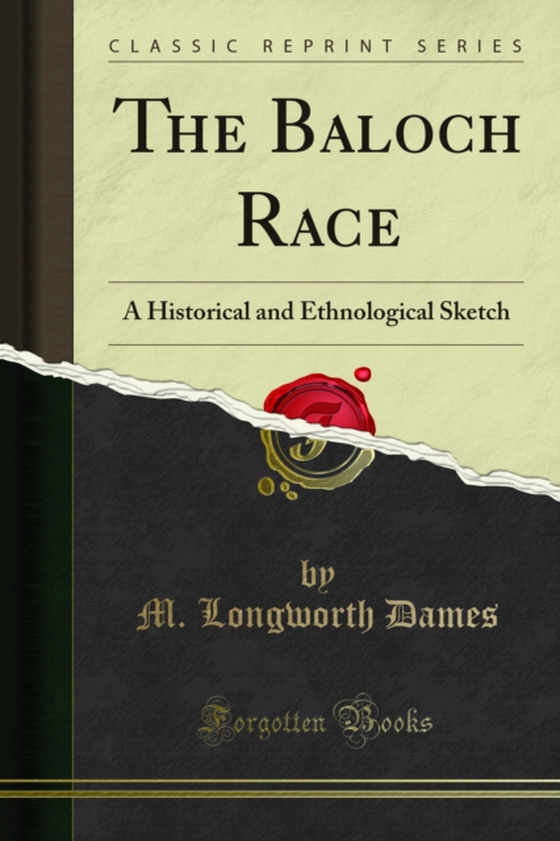
Baloch Race e-bog
59,77 DKK
(inkl. moms 74,71 DKK)
Whilst the greatest effort has been made to ensure the quality of this text, due to the historical nature of this content, in some rare cases there may be minor issues with legibility. The name Baloch is used in two distinct ways by travellers and historians. In the first place, it is employed as in cluding all the races inhabiting the geographical area shown on our maps under the name of Baloc...
E-bog
59,77 DKK
Forlag
Forgotten Books
Udgivet
27 november 2019
Genrer
HBG
Sprog
English
Format
pdf
Beskyttelse
LCP
ISBN
9780243764235
Whilst the greatest effort has been made to ensure the quality of this text, due to the historical nature of this content, in some rare cases there may be minor issues with legibility. The name Baloch is used in two distinct ways by travellers and historians. In the first place, it is employed as in cluding all the races inhabiting the geographical area shown on our maps under the name of Balochistan; and in the second place, as denoting one especial race, known to themi selves and their neighbours as the Baloch. It is in the latter signification that I employ the word. I take it as applying to the Baloch race proper, not as comprising Brahois, Numris and other tribes of Indian Origin, nor any other races which may be found within the limits of the Khan of Kilat'e territory, or the Province of British Balochistan. On the other hand, it does comprise the true Baloch tribes outside those limits, whether found in Persia on the west, or in Sindh and the Panjab on the east. In the native use of the word, apart from modern political boundaries, Balochistan includes Persian Baloch istan, the Khanat of Kilat, and the British Districts of Dera Ghazi Khan (with-the adjoining mountains), Jacob abad, and part of Shikarpur as far as the Indus. Applying the test of language, the true Baloches may be considered as those whose native language is (or was till recently) Balochi, and not Brahoi, Persian, Sindhi, J atki, or Pashto.
 Dansk
Dansk

